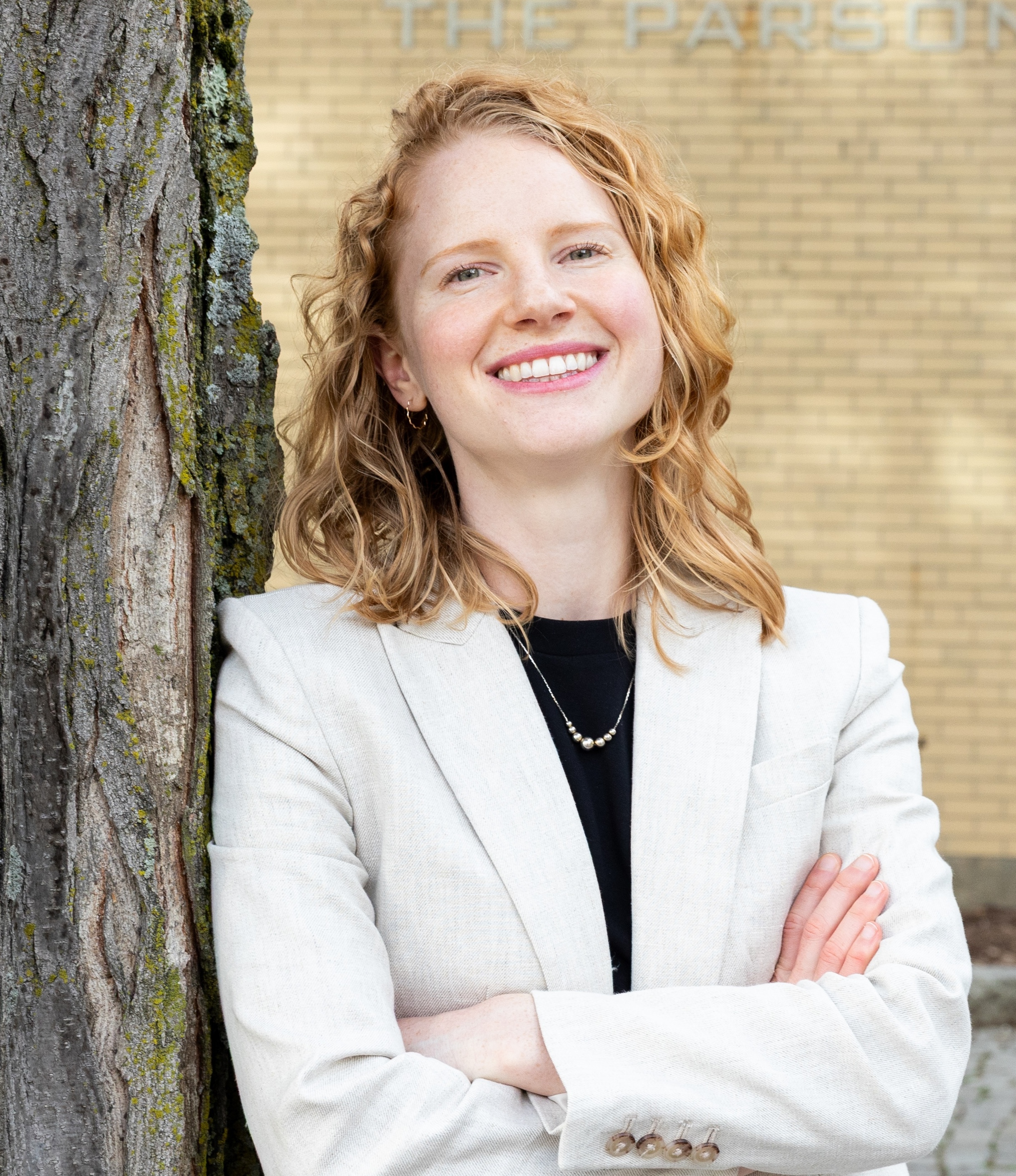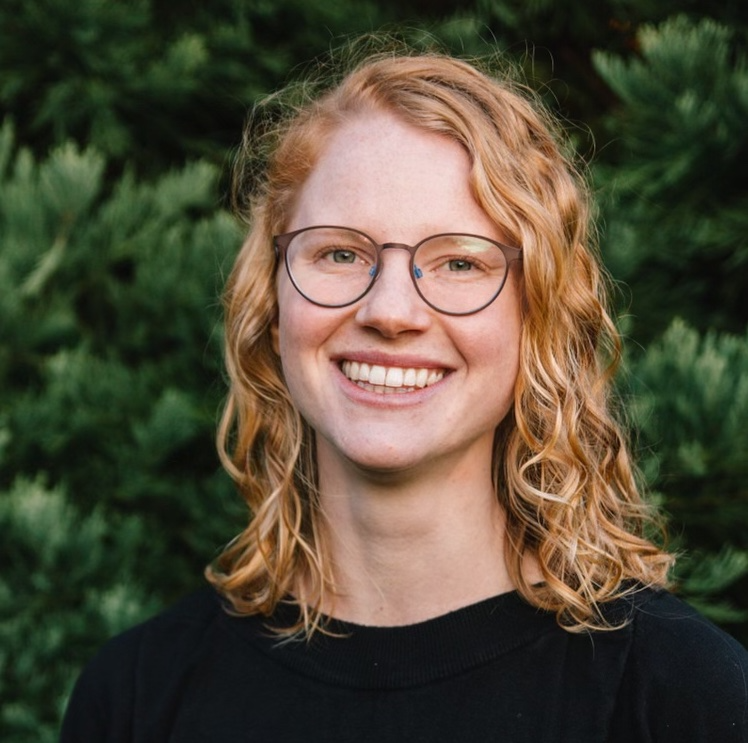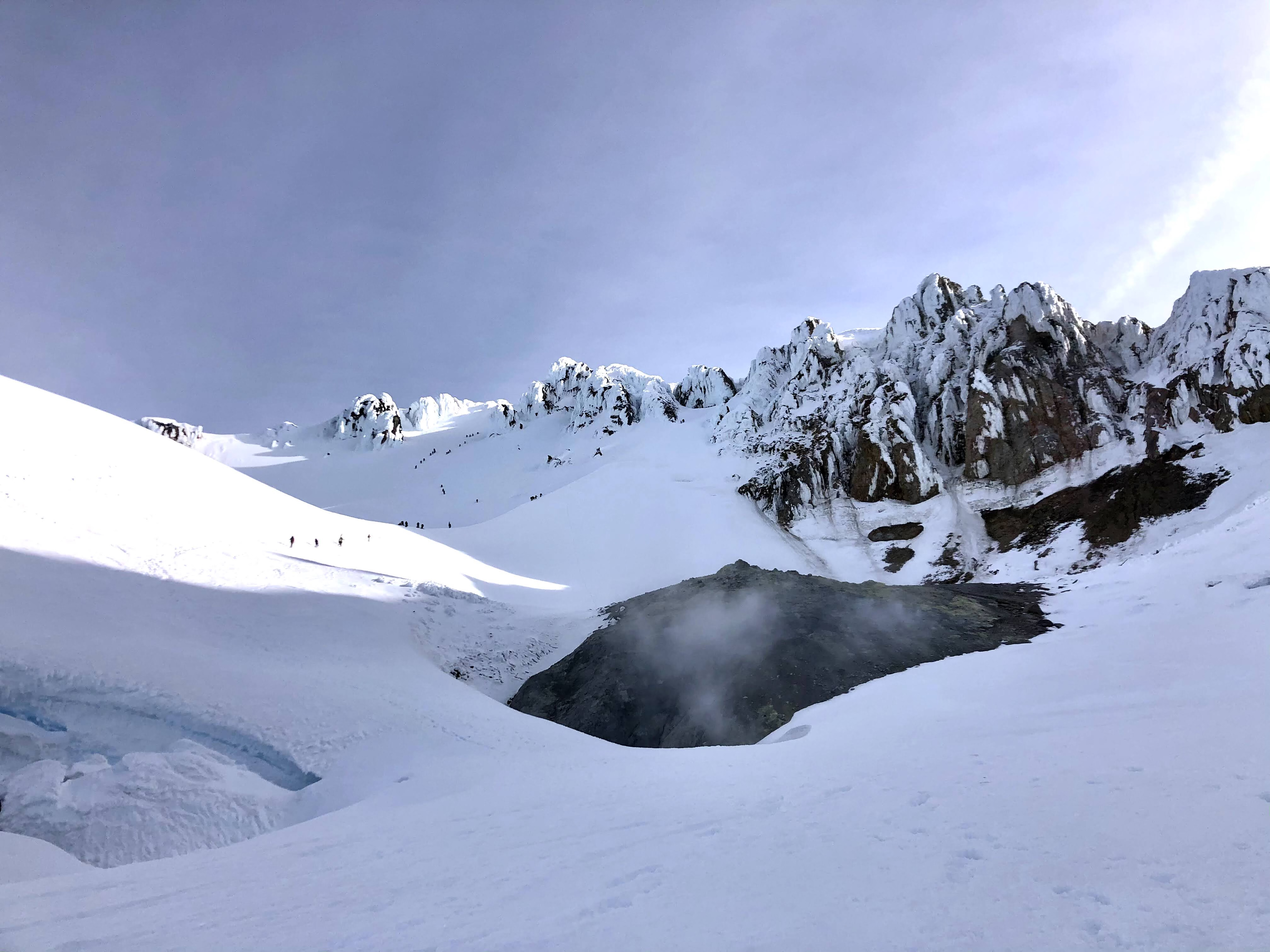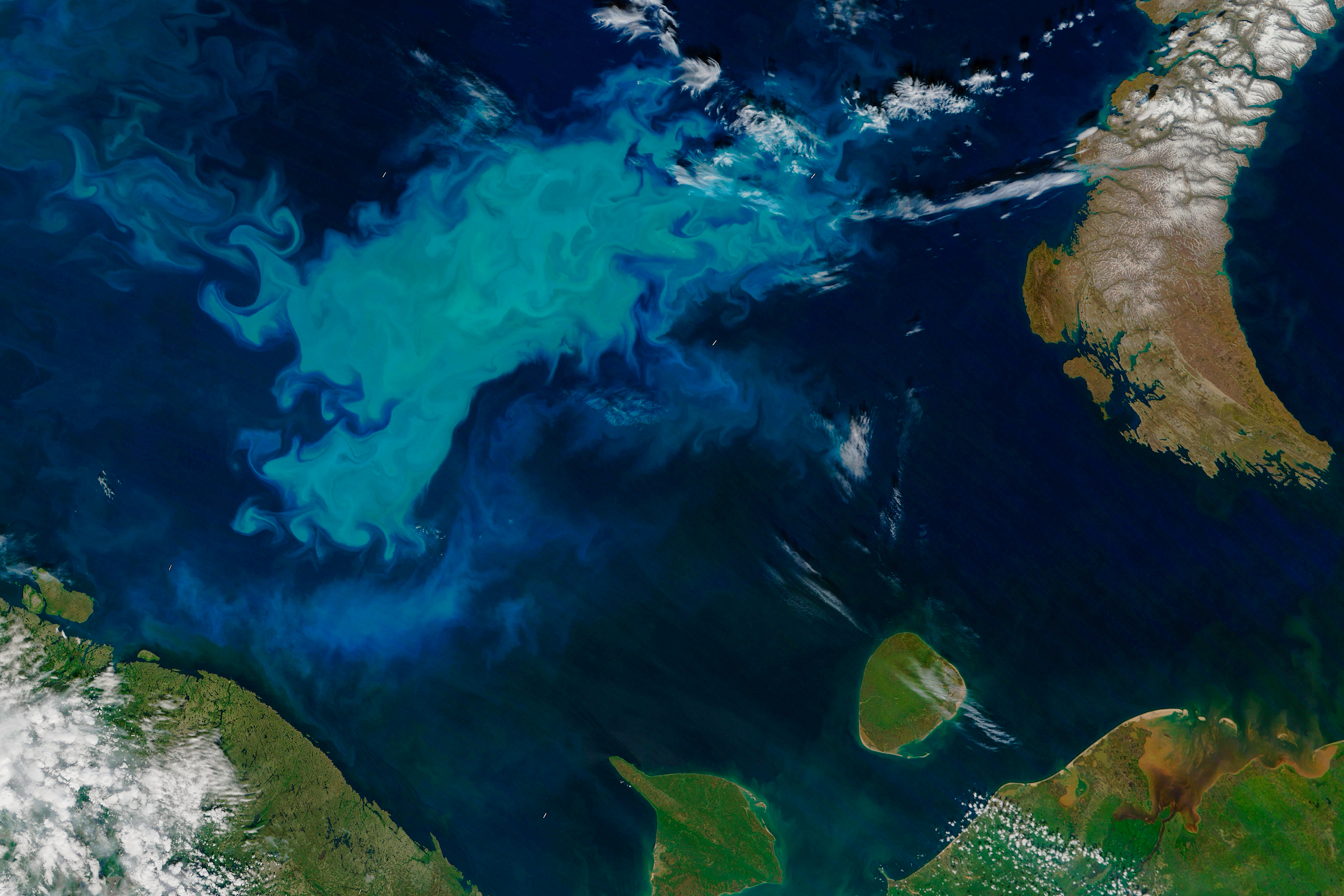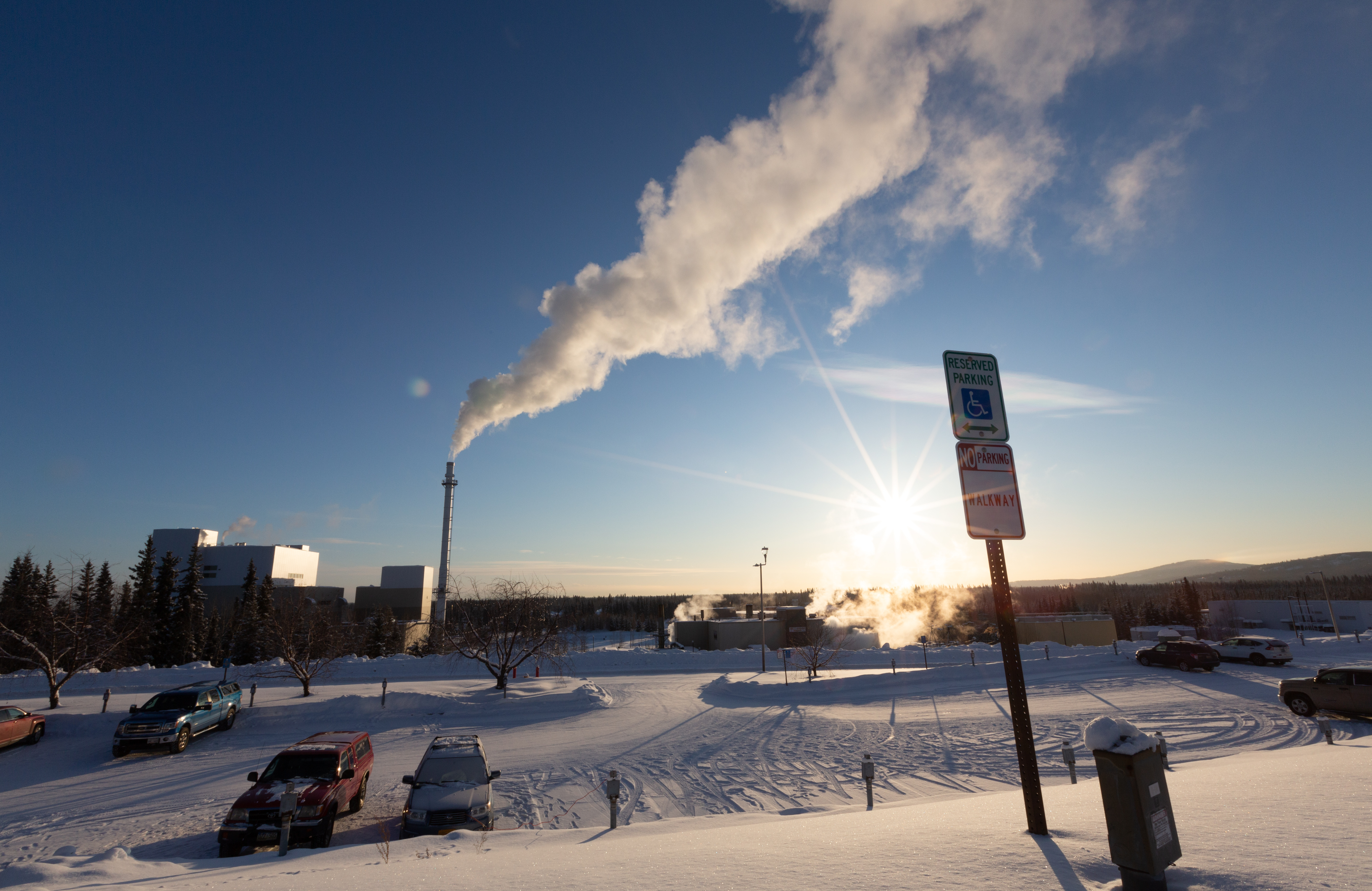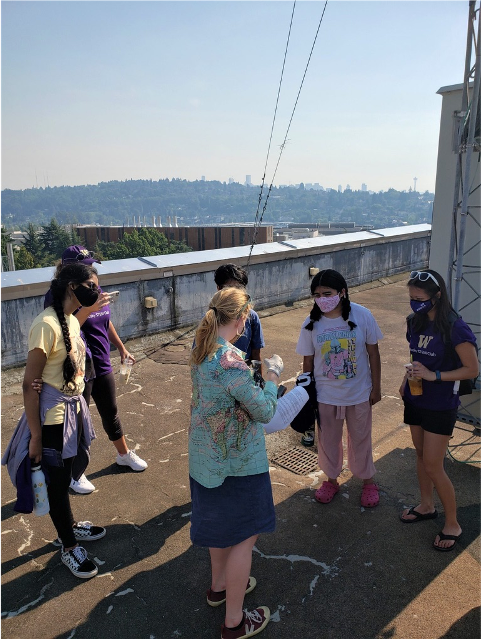Also see Google Scholar
[11] Jongebloed, U. A., et al. (in re-review) Southern ocean sulfate aerosol sources quantified from sulfur isotopes in Antarctic ice cores. In re-review at GRL.
[10] Jongebloed, U. A., et al. (in review) Dimethyl sulfide chemistry over the industrial era: comparison key oxidation mechanisms and long-term observations. In review at ACP. https://doi.org/10.5194/egusphere-2024-3026
[9] Kang, L., Marchand, R., Ma, P.-L., Huang, M., Wood, R., Jongebloed, U. A., and Alexander, B. Understanding biases in E3SMv2 simulated cloud droplet number and aerosol concentrations over the Southern Ocean. Submitted to J. Advances in Modeling Earth Systems. https://doi.org/10.1029/2024MS004683
[8] Fredrickson, C. D., Janz, S. J., Lamsal, L. N., Jongebloed, U. A., Laughner, J., and Thornton, J. A. Remote Sensing Estimates of Time-Resolved HONO and NO2 Emission Rates and Lifetimes in Wildfires. Atmospheric Measurement Techniques. https://doi.org/10.5194/amt-2024-158
[7] Chalif, J. I., Jongebloed, U. A., Osterberg, E. C., Koffman, B. G., Alexander, B., Winski, D. A. et al. (2024). Pollution drives multidecadal decline in subarctic methanesulfonic acid. Nature Geoscience.https://doi.org/10.1038/s41561-024-01543-w
[6] Chan, J., Parasurama, S., Atlas, R., Jongebloed, U. A., Alexander, B., Langenhan, J. M., Thornton, J. A., Riffell, J. A. (2024). Olfaction in the Anthropocene: NO3 negatively affects floral scent and nocturnal pollination. Science, 383(6683), 607-611. https://doi.org/10.1126/science.adi0858
[5] Moon, A., Jongebloed, U. A., Dingilian, K. K., Schauer, A. J., Chan, Y.-C., Cesler-Maloney, M., et al. Sulfur and Oxygen Isotopes Show Primary Sulfate is the Dominant Source of Particulate Sulfate During Winter in Fairbanks, AK, ACS ES&T Air. https://doi.org/10.1021/acsestair.3c00023
[4] Jongebloed, U. A., Schauer, A. J., Cole-Dai, J., Larrick, C. G., Porter, W. C., Tashmim, L., Salimi, S., Edouard, S. R., Geng, L., and Alexander, B. Industrial-era decline in Arctic methanesulfonic acid is offset by increased biogenic sulfate aerosol, Proceedings of the National Academy of Sciences, 120(47). https://doi.org/10.1073/pnas.2307587120
[3] Jongebloed, U. A., Schauer, A. J., Cole-Dai, J., Hattori, S., Larrick, C. G., Salimi, S., Edouard, S. R., Geng, L., and Alexander, B. Sulfur isotopes quantify the impact of anthropogenic activities on industrial-era Arctic sulfate in a Greenland ice core, Environmental Research Letters, https://doi.org/10.1088/1748-9326/acdc3d
[2] Jongebloed, U. A., Schauer, A. J., Cole-Dai, J., Larrick, C. G., Wood, R., Fischer, T. P., Carn, S. A., Salimi, S., Edouard, S. R., Zhai, S., Geng, L., Alexander, B. (2022) Underestimated passive volcanic sulfur degassing implied overestimated aerosol forcing. Geophysical Research Letters, 50, e2022GL102061. https://doi.org/10.1029/2022GL102061
[1] Review paper: Banerjee, A., Riddell-Young, B. E., and Jongebloed, U. A. (2022). Ice-core records of atmospheric composition and chemistry. Past Global Changes Magazine, 104-105, 30(2), https://doi.org/10.22498/pages.30.2.104
